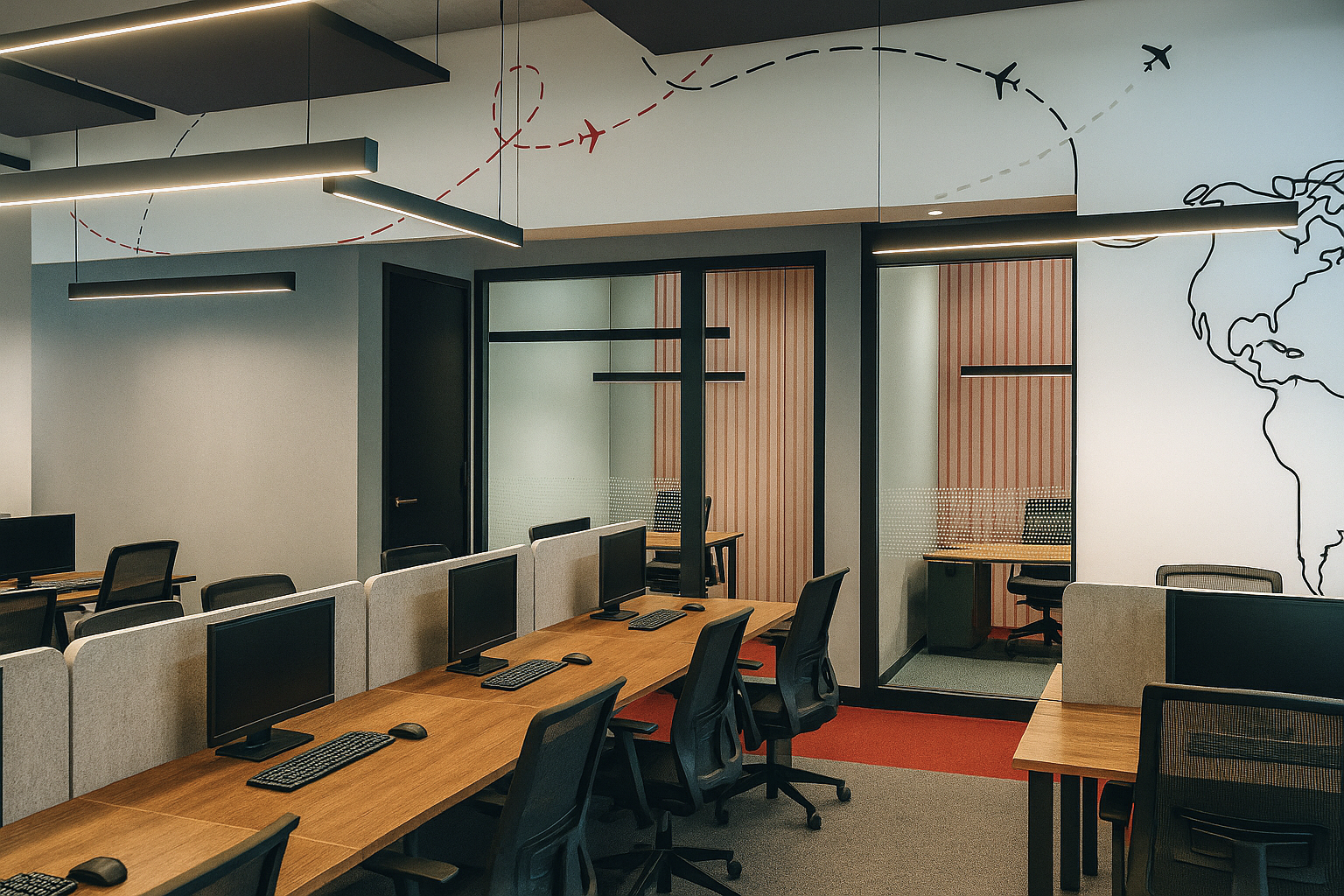Have you ever been in a situation where the project is six weeks behind schedule, material deliveries are mysteriously missing in action, and the latest RFI sits in limbo while trades pile up on site with nowhere to go? If this sounds familiar, you are experiencing the harsh reality of modern Canadian construction. With 77% of projects finishing late by an average of 70 days and 75% exceeding their budgets, contractors face unprecedented challenges that threaten project success and profitability. However, the solution might not lie in traditional construction management approaches but in an unexpected partnership: working with an office interior designer who truly understands construction bottlenecks.
The statistics paint a sobering picture of the Canadian construction landscape in 2025. Construction timelines have stretched 25% to 30% longer compared to five years ago, while 95% of construction leaders experienced unexpected cost increases in the past year. Material shortages affect 88% of interior construction projects, and poor communication costs the industry an estimated $31 billion annually. Against this backdrop, professional office interior design teams that understand construction processes become essential partners rather than decorative consultants.
Major Construction Bottlenecks That Paralyze Projects
Professional office interior designers who understand construction reality can identify and eliminate the systemic bottlenecks that plague modern projects. These bottlenecks create cascading delays that affect everything from trade sequencing to final delivery dates.
Communication Breakdowns That Cost Millions
Poor communication remains the single largest cause of construction delays, with one in three construction projects failing due to communication issues. When office interior design teams lack construction knowledge, information gets lost between disciplines, creating the perfect storm for contractor issues. An office interior designer who speaks construction language eliminates these gaps by serving as the communication hub between clients, contractors, and trades.
Consider a typical commercial interior design project where lighting specifications change mid construction. Without proper communication channels, electricians continue rough work based on outdated plans while the office interior designer orders fixtures that no longer match the electrical layout. A design build interior partner prevents this scenario by coordinating changes across all disciplines before they reach the field. Professional interior designers who understand construction timing know that a lighting change during rough in requires immediate communication to all affected trades.
Real world example: A Toronto office renovation faced six week delays when mechanical trades installed HVAC systems that conflicted with commercial interior design ceiling plans. The project could have stayed on schedule if an experienced office interior designer had coordinated mechanical layouts with aesthetic requirements during the design phase rather than discovering conflicts during installation.
Supply Chain Disruptions and Material Bottlenecks
Material delays have become endemic in construction, with 76% of European shippers experiencing supply chain disruption throughout 2024. Office furniture design and commercial interior design elements often have the longest lead times, creating critical path bottlenecks that contractors struggle to manage. Professional office interior designers with construction experience maintain supplier relationships and understand procurement timing that keeps projects moving.
An experienced design build interior partner orders long lead time items early and provides alternatives when supply chains fail. They understand that office furniture design selections made six months before installation prevent the material delays that plague 90% of interior construction projects. This proactive approach eliminates contractor issues related to waiting for finishes while other trades complete work.
Consider the typical scenario where custom millwork for a reception area requires 16 week lead times but the office interior designer does not specify until after drywall completion. The project faces inevitable delays as all subsequent trades wait for millwork installation. Professional commercial interior design teams prevent this bottleneck by coordinating millwork specifications and orders during the design development phase.
Scheduling Conflicts and Trade Coordination Issues
Only 12% of construction schedules meet best practice standards, and over 70% of projects underperform against their original plans. Office interior design work often creates the most complex trade coordination challenges because it involves multiple disciplines working in finished spaces. An office interior designer who understands construction sequencing prevents the bottlenecks that occur when trades conflict over workspace and timing.
Professional office interior design requires careful coordination between painters, flooring installers, millwork carpenters, technology installers, and office furniture design teams. When these activities are not properly sequenced, trades interfere with each other and create expensive delays. A design build interior partner coordinates these activities to prevent bottlenecks and keep projects flowing smoothly.
Take this for an example: A Vancouver corporate headquarters project faced three week delays when office furniture design installation conflicted with technology cabling work. The trades could not work simultaneously in the same spaces, creating a bottleneck that affected final occupancy. Proper coordination by an experienced office interior designer would have sequenced these activities to avoid conflicts.
Approval and Decision Making Delays
Schedule changes and delays surface early in construction projects, but formal responses typically occur too late to prevent problems. Office interior design decisions often require client approval at critical construction moments, creating bottlenecks when decision making processes are not managed properly. Professional interior designers structure approval processes to support construction schedules rather than interrupt them.
Commercial interior design projects require hundreds of client decisions ranging from paint colours to office furniture design selections. When these decisions are not coordinated with construction timing, they create bottlenecks that affect multiple trades. An experienced office interior designer batches decisions and approvals to minimize disruption to construction flow while maintaining design quality.
Design build interior partner teams understand that client meetings during construction should focus on resolving issues rather than exploring options. They complete design decisions before construction begins and manage changes through structured processes that protect project schedules from client indecision.
Resource Allocation and Budget Bottlenecks
Cost overruns affect 75% of construction projects, with average increases of 15% due to scope changes. Office interior design often represents the most visible project elements, making them frequent targets for client driven changes that create budget bottlenecks. Professional office interior designers prevent these issues by establishing clear budgets and managing expectations throughout construction.
Commercial interior design projects face unique budget challenges because interior elements are easier for clients to visualize and critique than structural work. This visibility often leads to late changes that create contractor issues and budget bottlenecks. An experienced office interior designer manages client expectations and prevents changes that would disrupt construction flow.
Office furniture design represents another common bottleneck when procurement is not coordinated with construction completion. Projects face delays when furniture arrives before spaces are ready or after occupancy deadlines. Professional coordination prevents these timing mismatches and ensures smooth project completion.
How Professional Interior Designers Eliminate Bottlenecks
Modern office interior designers who understand construction processes provide systematic solutions that address root causes rather than symptoms. Their involvement transforms potential bottlenecks into coordinated workflows that support project success.
Proactive Communication and Coordination Systems
Professional office interior design teams establish communication protocols that keep all stakeholders informed and aligned throughout construction. They use digital platforms to share updates, coordinate changes, and resolve issues before they become bottlenecks. This systematic approach eliminates the information gaps that cause most construction delays.
Design build interior partner relationships create single points of contact for all interior related decisions, streamlining communication and preventing the confusion that creates contractor issues. Professional interior designers attend construction meetings, conduct site reviews, and provide rapid responses to field questions that keep projects moving forward.
Strategic Material Management and Procurement
Experienced office interior designers understand global supply chains and maintain relationships with reliable suppliers that help prevent material bottlenecks. They coordinate procurement timing with construction schedules and provide alternatives when primary sources face delays. This supply chain management prevents the material delays that affect most construction projects.
Commercial interior design professionals track lead times for all specified items and coordinate ordering with construction milestones. They understand that office furniture design procurement must align with building completion and occupancy requirements. This coordination prevents the timing mismatches that create bottlenecks at project completion.
Intelligent Trade Sequencing and Scheduling
Professional office interior designers coordinate interior trades to prevent workspace conflicts and scheduling bottlenecks. They understand construction sequencing and plan interior work to support rather than interrupt construction flow. This coordination eliminates the trade conflicts that cause delays in most interior projects.
Office interior design work requires careful timing of multiple specialties including technology installers, furniture installers, and finish trades. Design build interior partner teams coordinate these activities to maximize efficiency and prevent bottlenecks. They understand that proper sequencing can reduce interior completion time by weeks.
Frequently Asked Questions (FAQ):
How do professional office interior designers actually prevent construction bottlenecks?
Office interior designers with construction knowledge prevent bottlenecks by coordinating all interior related activities with construction schedules, managing communication between stakeholders, and resolving conflicts before they reach the field. They eliminate the information gaps and timing mismatches that create most construction delays through systematic coordination and proactive problem solving.
What makes a design build interior partner different from regular office interior design services in preventing bottlenecks?
A design build interior partner combines office interior design expertise with construction knowledge under unified management, eliminating the communication gaps that create bottlenecks. Instead of separate coordination between design and construction teams, contractors work with integrated professionals who understand both aesthetic goals and construction realities, preventing the conflicts that cause delays.
Can office interior designers really solve supply chain bottlenecks affecting Canadian construction?
Professional office interior designers help solve supply chain bottlenecks through strategic procurement planning, supplier relationship management, and alternative sourcing when primary channels fail. They understand lead times for commercial interior design materials and coordinate ordering with construction schedules. While they cannot eliminate global supply chain issues, they can prevent the material delays that affect most interior construction projects.
Streamlined Decision Making and Approval Processes
Experienced office interior designers structure client interactions to support construction schedules rather than interrupt them. They complete design decisions before construction begins and manage changes through processes that minimize disruption to project flow. This disciplined approach prevents the decision making bottlenecks that plague many projects.
Commercial interior design teams batch client approvals and coordinate them with construction milestones to prevent delays. They understand that construction timing cannot accommodate open ended design exploration and structure client interactions accordingly. This approach keeps projects moving while maintaining design quality.
Key Takeaways:
- Professional office interior designers eliminate communication bottlenecks by coordinating between all project stakeholders and trades
- Design build interior partner teams prevent material delays through strategic procurement and supplier relationship management
- Office interior design coordination prevents the trade sequencing conflicts that create construction bottlenecks
- Commercial interior design professionals structure client decision making to support construction schedules rather than interrupt them
- Office furniture design managed by experienced teams prevents the timing mismatches that create completion bottlenecks
- Professional interior designers who understand construction transform contractor issues into coordinated solutions
- Design build interior partner relationships provide single point accountability that eliminates communication gaps
- Commercial interior design that considers construction reality prevents the bottlenecks that delay most projects
- Office interior designers with construction knowledge coordinate trades to maximize efficiency and prevent workspace conflicts
- Professional coordination transforms office interior design from construction obstacle into construction asset
The evidence is overwhelming: construction bottlenecks are not inevitable obstacles but manageable challenges that can be prevented through proper coordination and professional expertise. Office interior designers who understand construction processes provide the systematic solutions needed to eliminate these bottlenecks before they disrupt project schedules and budgets. As Canadian construction faces increasing complexity and tighter timelines, the partnership between contractors and design build interior partner teams becomes essential for competitive success. Smart contractors are discovering that professional office interior design support is not an additional expense but a strategic investment that prevents the costly bottlenecks that plague traditional project delivery. The choice is clear: continue fighting the same battles with the same results, or embrace the coordinated approach that transforms office interior design into a construction advantage.

